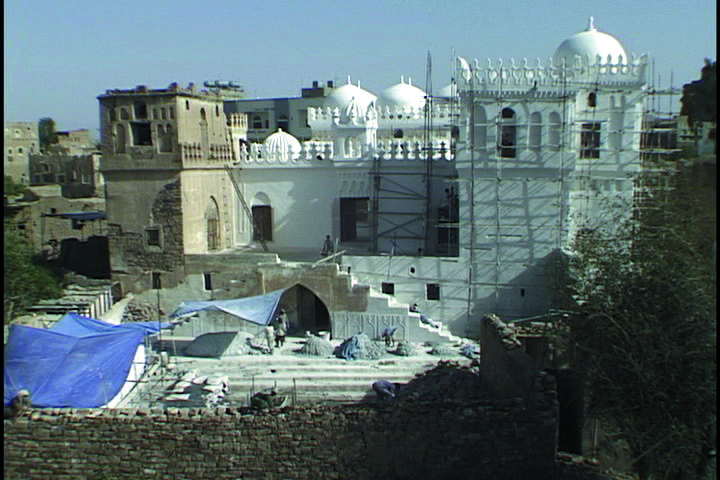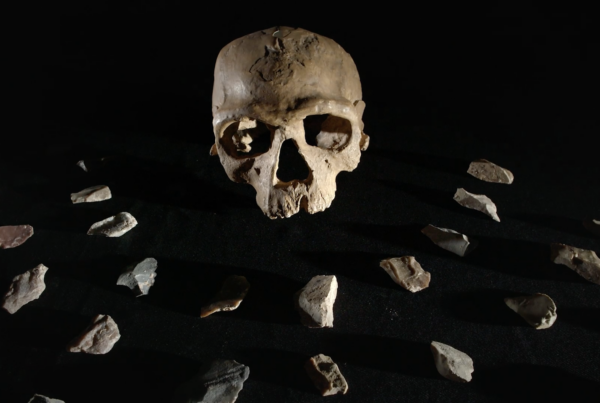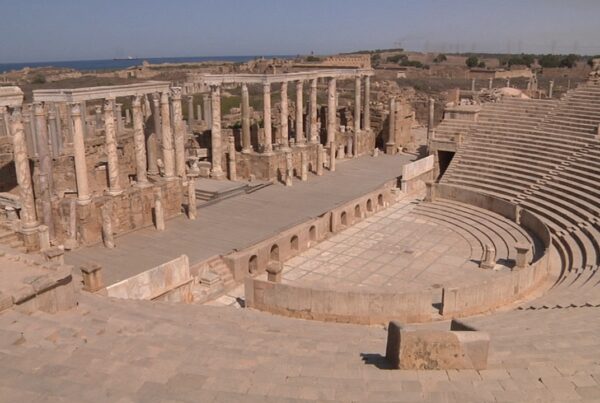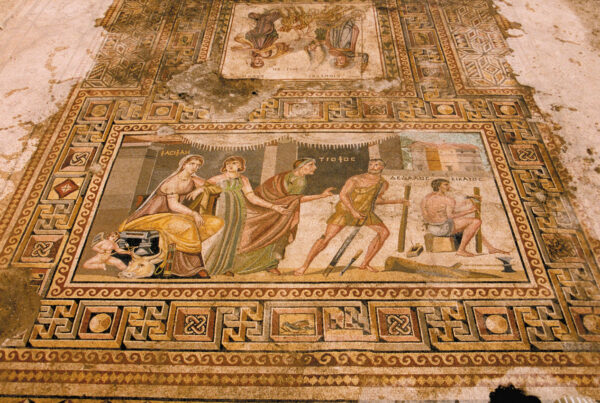Qudad is an ancient lime waterproofing plaster that has been used for several millennia in the Arabian Peninsula. In Yemen, where it most likely originated, it is found on religious and secular buildings and archaeological sites. Because of its elaborate and labor-intensive application (it takes a full year to set properly), this strong, resistant material has barely been in use for the past 30 years. As a consequence, very few masons know how to make and apply it. In 1983, the Yemeni and the Dutch Governments collaborated to preserve one of the most important and unique monuments in Yemen, a 16th Century mosque in the town of Rada called the Amiriya Madrasa. The conservation team chose to revive the practice of mixing and applying qudad since it covers most of the surface of the building. In doing so, they not only used the same techniques as originally used in the construction, but also trained a new generation of masons. Now this tradition will not be lost, and it is hoped that the knowledge can be imparted to other countries whose monuments require qudad restoration, countries where the knowledge of the craft of qudad has died.
The film portrays the qudad work at the Amiriya as narrated by the workers, who are all Rada locals. Because of this project, they are all now part of a government restoration team which will take care of decaying architecture throughout Yemen. In this film, it is clear that their meticulous care and craftsmanship are devoted to restoring the Amiriya not only for its significance as a unique architectural structure, but a part of their city’s own history and culture.
- Direction: CATERINA BORELLI
- Production: CATERINA BORELLI







